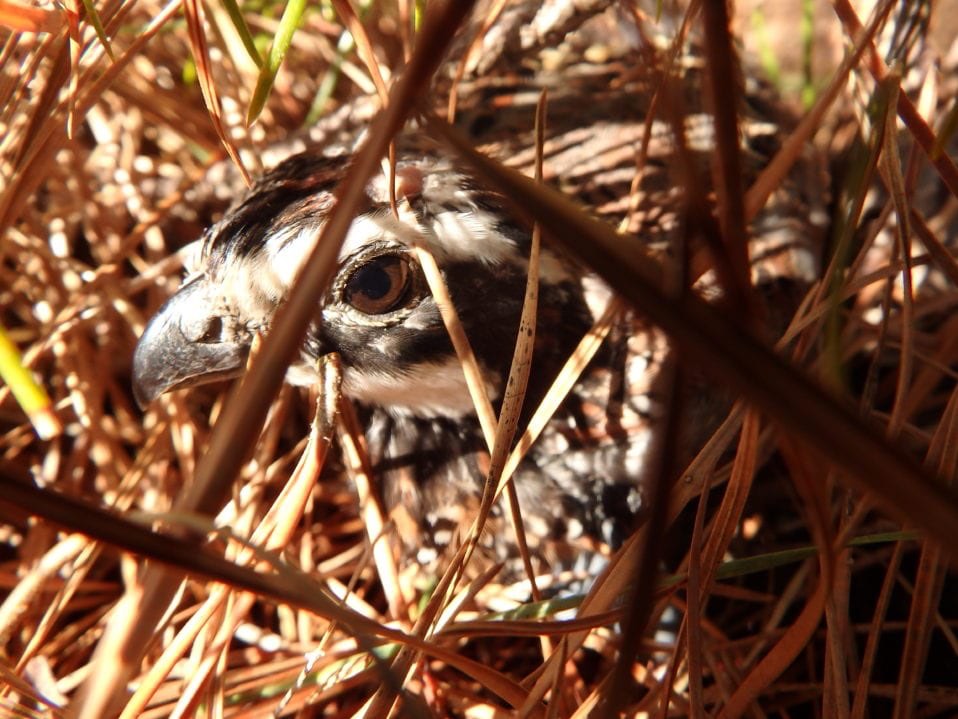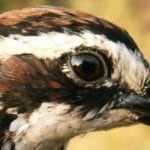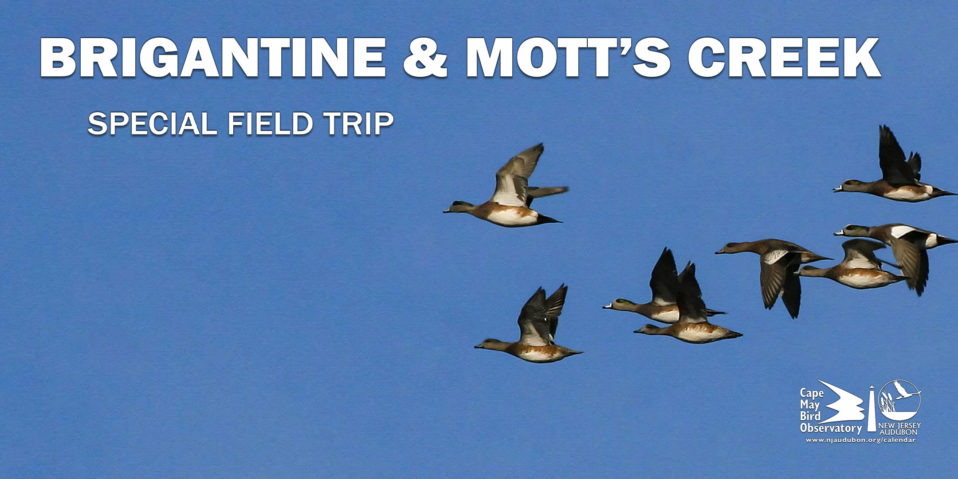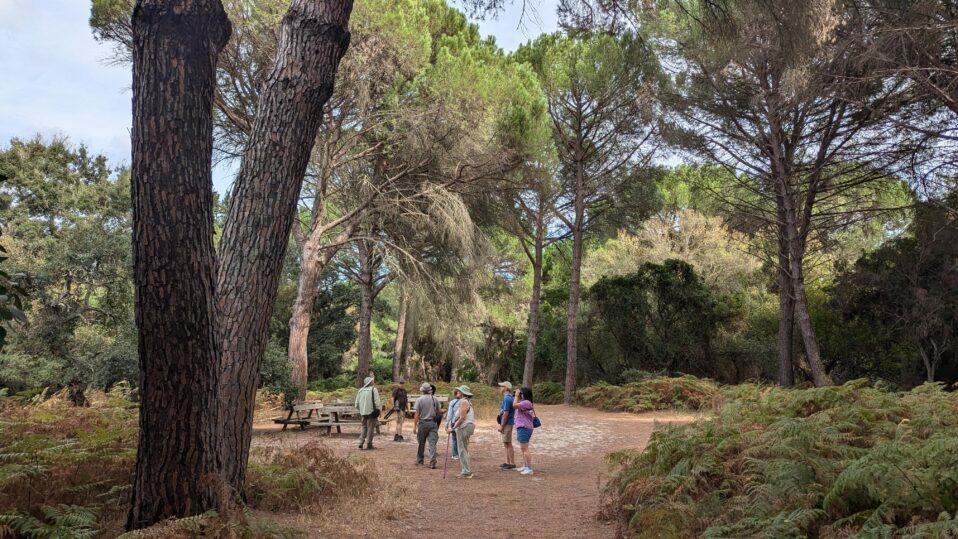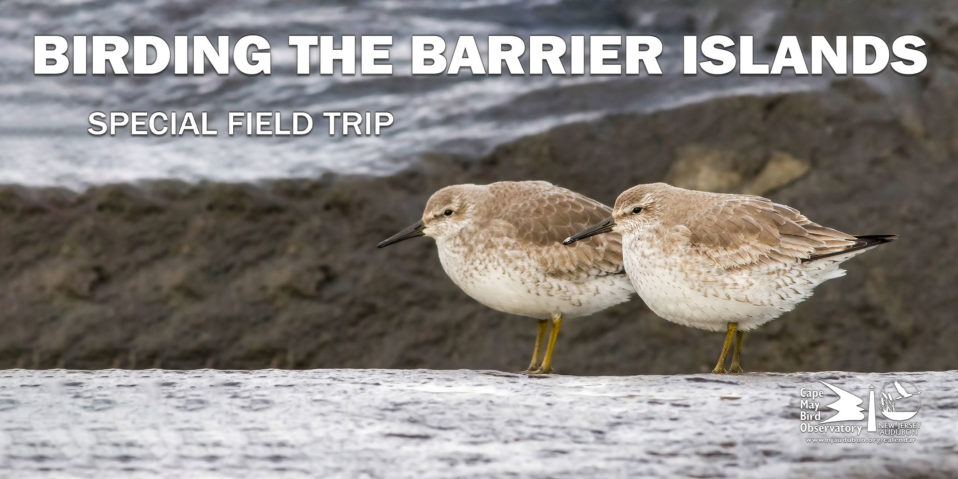Northern Bobwhite quail were released for the third consecutive year at the Pine Island Cranberry property as part of the multi-state _thumb.jpg) initiative to re-establish Northern Bobwhite in the Mid-Atlantic States. Lead by New Jersey Audubon, with project collaborators Tall Timbers Research Station & Land Conservancy , Pine Island Cranberry, the New Jersey Division of Fish and Wildlife and the University of Delaware, 80 wild birds (40 males and 40 females) were captured in Georgia, translocated, and released, at the Pine Island Cranberry study site. The New Jersey portion of this project has the unique role of releasing only wild quail (translocation). Other partners to the multi-state project are evaluating methods of raising captive bred and parent reared quail, however no captive bred quail will be released in New Jersey. Ultimately, the results of the NJ study will be compared to findings from the other participating states in the initiative.
initiative to re-establish Northern Bobwhite in the Mid-Atlantic States. Lead by New Jersey Audubon, with project collaborators Tall Timbers Research Station & Land Conservancy , Pine Island Cranberry, the New Jersey Division of Fish and Wildlife and the University of Delaware, 80 wild birds (40 males and 40 females) were captured in Georgia, translocated, and released, at the Pine Island Cranberry study site. The New Jersey portion of this project has the unique role of releasing only wild quail (translocation). Other partners to the multi-state project are evaluating methods of raising captive bred and parent reared quail, however no captive bred quail will be released in New Jersey. Ultimately, the results of the NJ study will be compared to findings from the other participating states in the initiative.
“The research we are embarking on in the New Jersey Pine Barrens is pivotal to understanding the limits of translocation as a population recovery tool for Bobwhites in the northern fringe of their range. If we are to truly ‘hold the line’ for this pint-sized bird that so many have come to know and love, we must be willing to attempt the impossible, think the unimaginable, and be prepared for a moonshot in Bobwhite history,” said Project Collaborator Dr. Theron M. Terhune of Tall Timbers Research Station and Land Conservancy.
After receiving health screenings and testing and attaching leg ID bands along with radio-signal transmitting collars to each wild bird, the quail were released in groups across the study site. This is the 3rd release of wild Bobwhite at the study site since 2015.
“We’re looking forward to another great year and there are already some indications that it will be.  The birds released last year that still have functioning radio collars have already joined up with this year’s released birds,” said Phil Coppola, Project Research Assistant. “The translocation went smoothly and now we can just let them pair up and progress into the breeding season. There are few things more exciting than finding the first nest of the season!”
The birds released last year that still have functioning radio collars have already joined up with this year’s released birds,” said Phil Coppola, Project Research Assistant. “The translocation went smoothly and now we can just let them pair up and progress into the breeding season. There are few things more exciting than finding the first nest of the season!”
In the previous two years of the project, a total of 18 nests were confirmed by the project researchers on site, as well as, successful hatching and overwintering by the quail that were translocated to the study site.
“These Bobwhite translocations have provided valuable information on the habitat quality and forest management practices implemented thus far on Pine Island. We are looking forward to seeing what we can learn from this year’s release of Northern Bobwhites to aid in future habitat management, as well as, forest health in the New Jersey Pine Barrens,” said Project Researcher Kaili Stevens of the University of Delaware.
Active forest management, implemented under a State approved Forest Stewardship Plan written and directed by Pine Creek Forestry , has been the key element in creating high quality habitat conditions for the Bobwhite. Although the intent of the forestry work at the site is focused on forest and watershed health, these same forestry practices also create critically needed habitat for wildlife and have been instrumental in the translocation efforts.
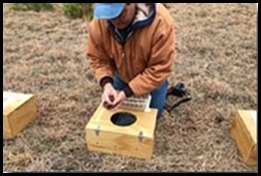 “Opening those boxes and seeing the quail flush out and take flight back into the wild is a feeling that never gets old,” said John Parke, NJA Project Stewardship Director. “In reviewing the data collected over the last few years and seeing these wild birds adapt to their new surroundings is a testament to how important active management is to maintain forest health and wildlife diversity. The Northern Bobwhite Restoration Initiative has implications for quail recovery in the Mid-Atlantic, is providing information on other species that use these same managed forest habitat, and is motivating others to implement forest management,” Parke added.
“Opening those boxes and seeing the quail flush out and take flight back into the wild is a feeling that never gets old,” said John Parke, NJA Project Stewardship Director. “In reviewing the data collected over the last few years and seeing these wild birds adapt to their new surroundings is a testament to how important active management is to maintain forest health and wildlife diversity. The Northern Bobwhite Restoration Initiative has implications for quail recovery in the Mid-Atlantic, is providing information on other species that use these same managed forest habitat, and is motivating others to implement forest management,” Parke added.
The success of the project at Pine Island, combined with years of habitat restoration work lead by NJ Division of Fish and Wildlife in Cumberland County has, for the first time ever in New Jersey, lead to the allocation of federal funding through the USDA-NRCS Working Lands for Wildlife Program specifically for quail habitat restoration. “This is a major opportunity for private landowners and farmers to be part of the recovery of this iconic species. Landowners and farmers that take advantage of this cost share program will help establish habitat for quail and other species, while also helping to address forest health issues such as fuel load reduction, control of forest diseases and pests, and ultimately successful regeneration and forest function,” said Parke.
“This has been a great chance for Pine Island Cranberry to work with so many organizations who love the pines as much as we do, and it’s wonderful seeing the Bobwhite quail making themselves at home here once again,” said Stefanie Haines of Pine Island Cranberry.
To learn how you can support the Bobwhite Recovery Initiative go to NJ Audubon’s Quail webpage
To support NJA Stewardship Department’s work for overall habitat restoration and species recovery throughout NJ such of Bobwhite Quail, you can donate to their team participating in the 2017 World Series of Birding at: http://worldseriesofbirding.org/teampage.asp?fundid=1067#.WN-8j9LDHIU




